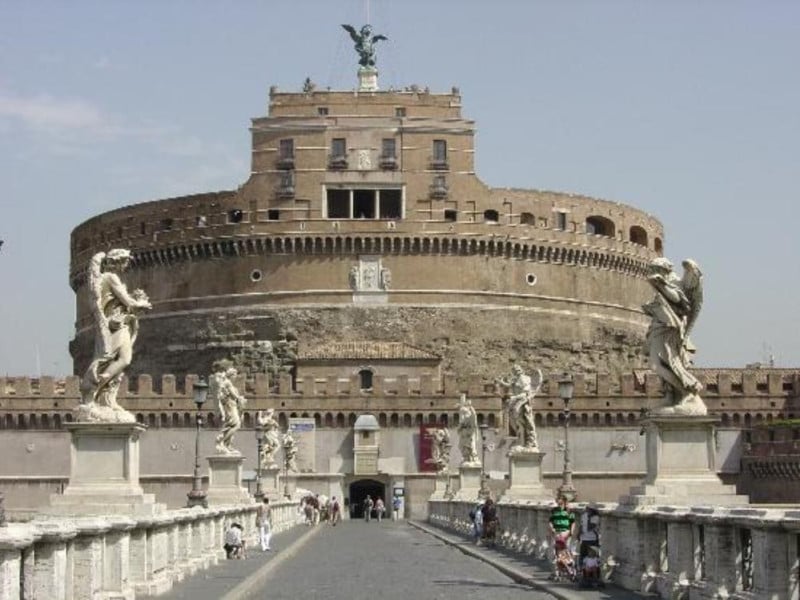Museo Nazionale di Castel Sant'Angelo
The Mausoleum of Emperor Hadrian is one of the most significant monuments of Roman antiquity. Born as an imperial tomb, was then transformed into a fortress, then in the papal residence, then in prison, and finally in the current museum.
The National Museum of Castel Sant'Angelo is enriched by 1 September 2012, an additional exhibition area of great interest devoted to the history of Castel Sant'Angelo. In the halls of Alexander VI, newly restored and an integral part of a project to upgrade and enhancement of the museum, the exhibition unfolds through a series of engravings, prints, paintings, and reconstruction drawings to illustrate the many, varied, often misunderstood phases historical figures who, in the course of its long history, modified, influenced, changed the monument.
Divided into four sections, the history of Castel Sant'Angelo is illustrated by vintage prints, scenic views and interesting ideal reconstruction of the monument, as suggested by the imagination of artists and architects of the Renaissance, from its construction until the nineteenth century, in a path that emphasizes the intense and continuous use.
Built as a mausoleum for Emperor Hadrian Publius Elio Trajan (76-138 AD) and dynastic tomb for the family of the Antonines, with the Emperor Aurelian and Honorius before then, was included in the imposing walls of Rome and transformed into a kind of fortress for the defense of the city. For these prerogatives, since then, he acquired the nickname castellum, which will be added in the early Middle Ages, that of Sancti Angeli, from the legend of the vision of the Archangel Michael that encloses the sword, to witness the end of the plague.
The proximity to St. Peter, its strategic position to control the inputs to the north of the City, closed its size and imposing Castel Sant'Angelo have made the center of political interests are inextricably tying its fortunes to those of the Church since , in 1367, Pope Urban V demanded the keys of the Castle as a condition for the return of the Curia in Rome.
Since then, they were led numerous architectural and construction of new buildings, faces, on the one hand, to upgrade the building to the new demands of defense, with the construction of the ramparts and walls of the pentagonal, on the other to make it more comfortable and appropriate to the aspirations of the Curia, taking with Paul III Farnese (1534-1549) the appearance of a real princely residence.
Until you get to more recent times, when the castle was used exclusively as a political prison, called by the name of Fort St. Angelo, and finally in 1925 when it was transformed into the National Museum. Her charm remains unchanged, as well as its ability to affect the collective imagination of the city of Rome, with the "Pinwheel" event which is renewed every year, on June 29, the feast of the patron saints of the city, a theme which is dedicated to The fourth and final section.

